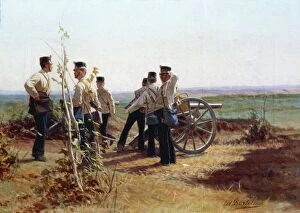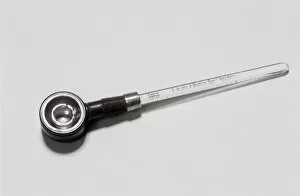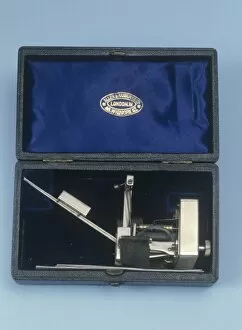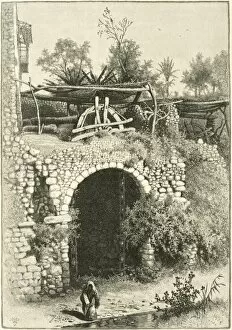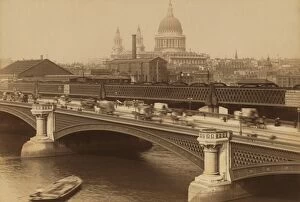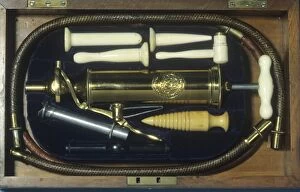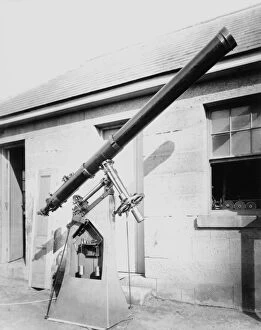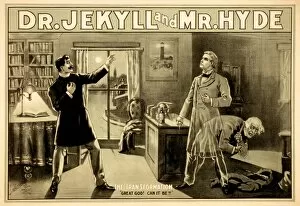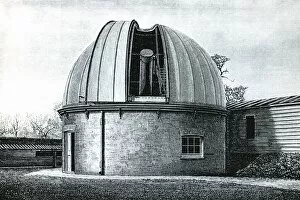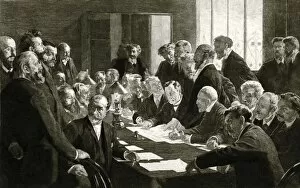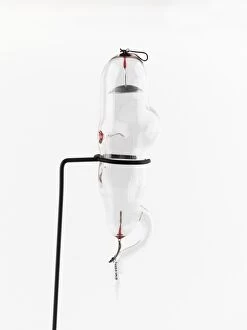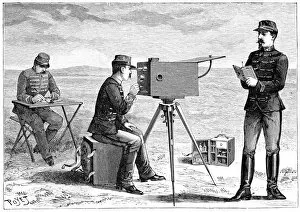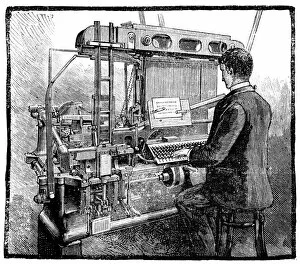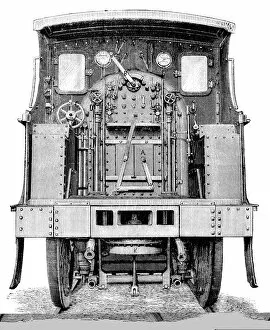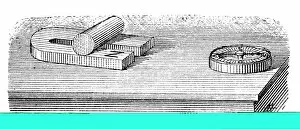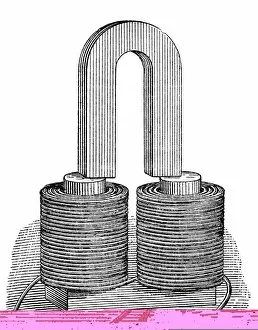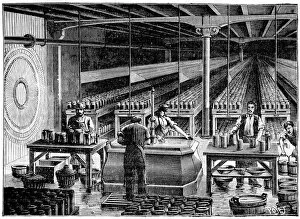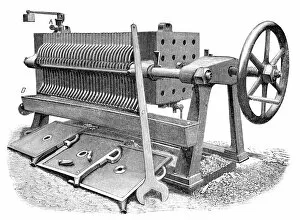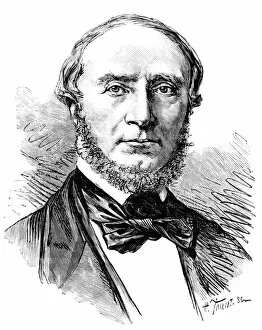1880s Collection (#82)
Step back in time to the vibrant and diverse 1880s, a decade filled with fascinating moments and captivating images
For sale as Licensed Images
Choose your image, Select your licence and Download the media
Step back in time to the vibrant and diverse 1880s, a decade filled with fascinating moments and captivating images. Explore the rich history of this era through snapshots that showcase different aspects of life around the world. Travel to Vancouver Island in the 1870s, where a detailed map reveals the evolving landscape of this beautiful Canadian destination. Witness its transformation as new settlements emerge and nature intertwines with human progress. In another corner of the globe, catch a glimpse of a Buffalo soldier quenching his thirst from his canteen. This powerful image captures both strength and vulnerability, reminding us of the challenges faced by African American soldiers during this period. Delve into phrenology, an intriguing field that sought to understand personality traits through cranial measurements. A phrenological model takes center stage, inviting contemplation on how people perceived themselves and others during this time. Transport yourself to Scotland's Dalnotter Hill as you gaze upon The River Clyde. Marvel at its serene beauty captured in exquisite detail by an artist from the 19th century. Let your imagination wander along its banks while pondering life in those distant days. Leon-Maxime Faivre's painting "Deux meres (Two Mothers)" offers an intimate portrayal of motherhood in 1888. Reflect on timeless themes such as love, sacrifice, and nurturing that transcend generations. Venture further into Scotland's enchantment with Glen Sannox on Isle of Arran. Lose yourself amidst rolling hills and rugged landscapes frozen in time by photographers who aimed to capture their grandeur for future generations to admire. Take a detour across continents to London's Bethnal Green district where The Old George stands tall at number 379. Imagine stepping inside this historic pub bustling with patrons seeking respite from daily life or sharing stories over pints after long workdays. Discover artistry even within miniature realms as you marvel at a bonsai dwarf pine meticulously cultivated in 1889.

